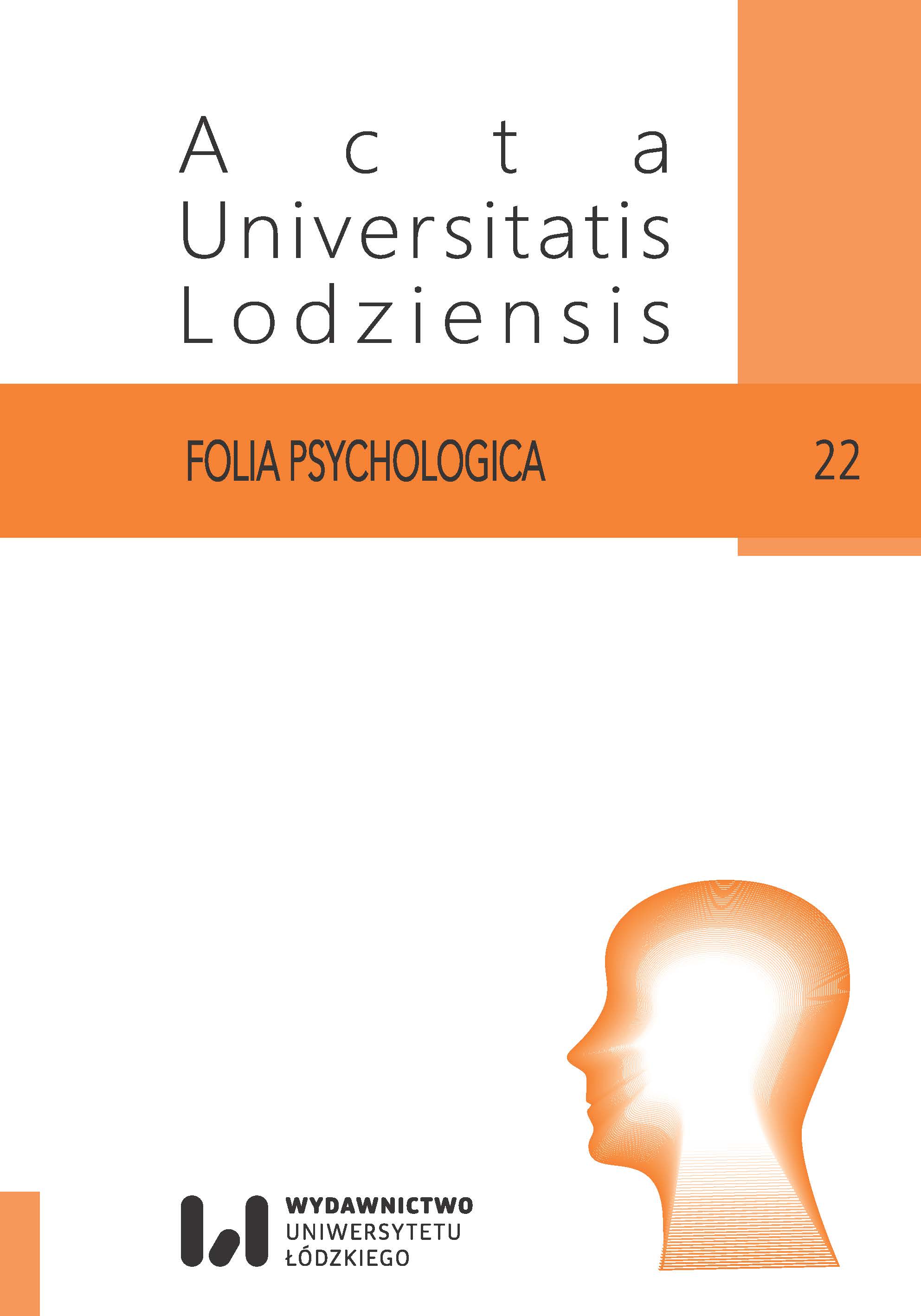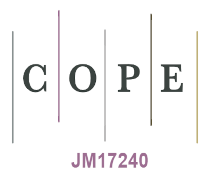Would you fancy a premium five o’clock after the funeral? Application of Terror Management Theory in daily shopping decisions
DOI:
https://doi.org/10.18778/1427-969X.22.01Keywords:
fear of death, consumer choice, luxury products, terror management theory, mortality salienceAbstract
The present study has investigated how fear-of-death activation affected consumer food product choices. Undergraduate students (N = 130; Mage = 22.7; Meage = 21) differing on the conscious fear of death level participated in this study. The participants were divided into two experimental and one control groups. In first experimental group fear of death was induced by asking the participants to read an euthanasia story, in second experimental group by asking them to picture their own death. All experimental groups filled a fear of death personality measure prior to the experiment. Afterwards, participants had to indicate their usual shopping preferences, by choosing between several standard and premium-looking food items which were selected in the pilot study. Results show a decreased number of premium product choices in the death activation groups. Conscious level of fear had no impact on those choices. Results are discussed under the terror management theory framework.
References
Arndt J., Solomon S., Kasser T., & Sheldon K. M. (2004). The Urge to Splurge: A Terror Management Account of Materialism and Consumer Behavior. Journal of Consumer Psychology, 14(3), 198–212.
Google Scholar
Besser A., Amir M., & Barkan S. (2004). Who signs an organ transplant donor card? A study of personality and individual differences in a sample of Israeli university students. Personality and Individual Differences, 36(7), 1709–1723.
Google Scholar
Bourne F. S. (1957). Group influence in marketing and public relations. In: R. Likert and S. P. Hayes, Jr, Some applications of behavioral research (207–255). Paris: UNESCO.
Google Scholar
Chopik W. J., & Edelstein R. S. (2014). Death of a salesman: Webpage-based manipulations of mortality salience. Computers in Human Behavior, 31, 94–99.
Google Scholar
Florian V., & Mikulincer M. (1997). Fear of death and the judgment of social transgressions: A multidimensional test of terror management theory. Journal of Personality and Social Psychology, 73, 369–380.
Google Scholar
Friese M., & Hofmann W. (2008). What would you have as a last supper? Thoughts about death influence evaluation and consumption of food products. Journal of Experimental Social Psychology, 44(5), 1388–1394.
Google Scholar
Greenberg J., Pyszczynski T., & Solomon S. (1986). The causes and consequences of a need for self-esteem: A terror management theory. In: R. F. Baumeister (ed.), Public self and private self (189–212). New York: Springer.
Google Scholar
Greenberg J., Solomon S., & Pyszczynski T. (1997). Terror management theory of self-esteem and cultural worldviews: Empirical assessments and conceptual refinements. New York: Academic Press.
Google Scholar
Greenberg J., Kosloff S., Solomon S., Cohen F., & Landau M. (2010). Toward understanding the fame game: The effect of mortality salience on the appeal of fame. Self and Identity, 9(1), 1–18.
Google Scholar
Heine S. (2012). Concept of luxury brands. Retrieved from: http://www.conceptofluxurybrands.com/ [accessed 1.12.2015].
Google Scholar
Kapferer J. N. (1997). Managing luxury brands. Journal of Brand Management, 4(4), 251–259.
Google Scholar
Kastenbaum R. (2000). The psychology of death (3rd ed.). New York: Springer.
Google Scholar
Łukaszewski W., & Boguszewska J. (2008). Defense Strategies against Existential Fear [Strategie obrony przed lękiem egzystencjalnym]. Nauka, 4, 23–34.
Google Scholar
MacKinnon D. P., Lockwood C. M., & Williams J. (2004). Confidence limits for the indirect effect: Distribution of the product and resampling methods. Multivariate Behavioral Research, 39(1), 99–128.
Google Scholar
Maheswaran D., & Agrawal N. (2004). Motivational and cultural variations in mortality salience effects: Contemplations on terror management theory and consumer behavior. Journal of Consumer Psychology, 14(3), 213–218.
Google Scholar
Mandel N., & Heine S. J. (1999). Terror management and marketing: He who dies with the most toys wins. Advances in Consumer Research, 26, 527–532.
Google Scholar
Mulder M., Wan F., & Dahl D. W. (2011). Mortality Salience and Foreign Product Evaluation: An Important Moderator. Journal of International Business Studies, 34, 53–65.
Google Scholar
Muchnik B., Rosenheim E. (1982). Fear of death, defensive-style and religiosity among Israeli Jews. Israel Journal of Psychiatry and Related Sciences, 19, 157–164.
Google Scholar
Piotrowski J., Żemojtel-Piotrowska M. (2004). Postawa wobec śmierci a podstawowa struktura osobowości. Psychologia Jakości Życia, 3, 199–216.
Google Scholar
Pyszczynski T., Solomon S., & Greenberg J. (2015). Chapter one-thirty years of terror management theory: From genesis to revelation. Advances in Experimental Social Psychology, 52, 1–70.
Google Scholar
Preacher K. J., & Hayes A. F. (2008). Asymptotic and resampling strategies for assessing and comparing indirect effects in multiple mediator models. Behavior Research Methods, 40(3), 879–891.
Google Scholar
Rosenfeld H. (1971). A clinical approach to the psychoanalytic theory of the life and death instincts: An investigation into the aggressive aspects of narcissism. International Journal of Psycho-Analysis, 52(2), 169–178.
Google Scholar
Solomon S., Greenberg J., & Pyszczynski T. (1991). A terror management theory of social behavior: The psychological functions of self-esteem and cultural worldviews. Advances in Experimental Social Psychology, 24, 93–159.
Google Scholar
Veblen T. (1899/1994). The Theory of the Leisure Class: An Economic Study of Institutions. New York: Penguin Books.
Google Scholar
Veen M. Van der (2003). When is food a luxury? World Archaeology, 34(3), 405–427.
Google Scholar
Vigneron F., & Johnson L. W. (1999). A review and a conceptual framework of prestige-seeking consumer behavior. Academy of Marketing Science Review, 1(1), 1–15.
Google Scholar
Wiedmann K. P., Hennigs N., & Siebels A. (2007). Measuring consumers’ luxury value perception: A cross-cultural framework. Academy of Marketing Science Review, 7(7), 333–361.
Google Scholar
Zaleskiewicz T., Gasiorowska A., & Kesebir P. (2013). Saving can save from death anxiety: Mortality salience and financial decision-making. PloS one, 8(11), 1–10.
Google Scholar
Żemojtel-Piotrowska M., Piotrowski J. (2009). Skala lęku i fascynacji śmiercią. Polskie Forum Psychologiczne, 14(1), 90–109.
Google Scholar
Żemojtel-Piotrowska M., Klimaszewska J., Piotrowski J. (2010). Style konsumpcji i materializm a transcendencja i lęk przed śmiercią. Co kupować, aby poczuć się lepiej? In: A. Zawadzka, M. Górnik-Durose (eds.), Konsumpcja w życiu. Życie w konsumpcji (215–231). Gdańsk: Gdańskie Wydawnictwo Psychologiczne.
Google Scholar
Downloads
Published
How to Cite
Issue
Section
License

This work is licensed under a Creative Commons Attribution-NonCommercial-NoDerivatives 4.0 International License.









